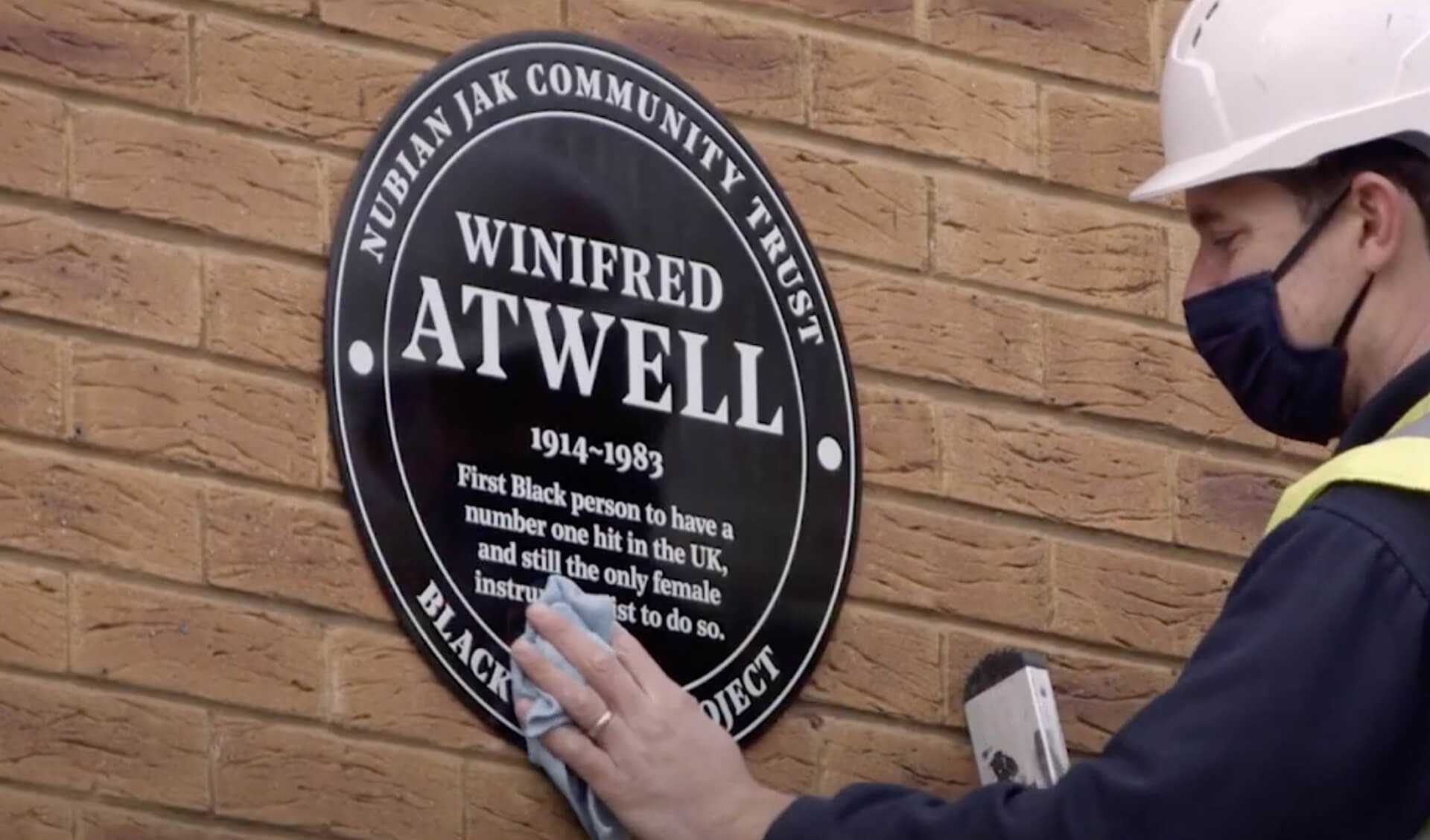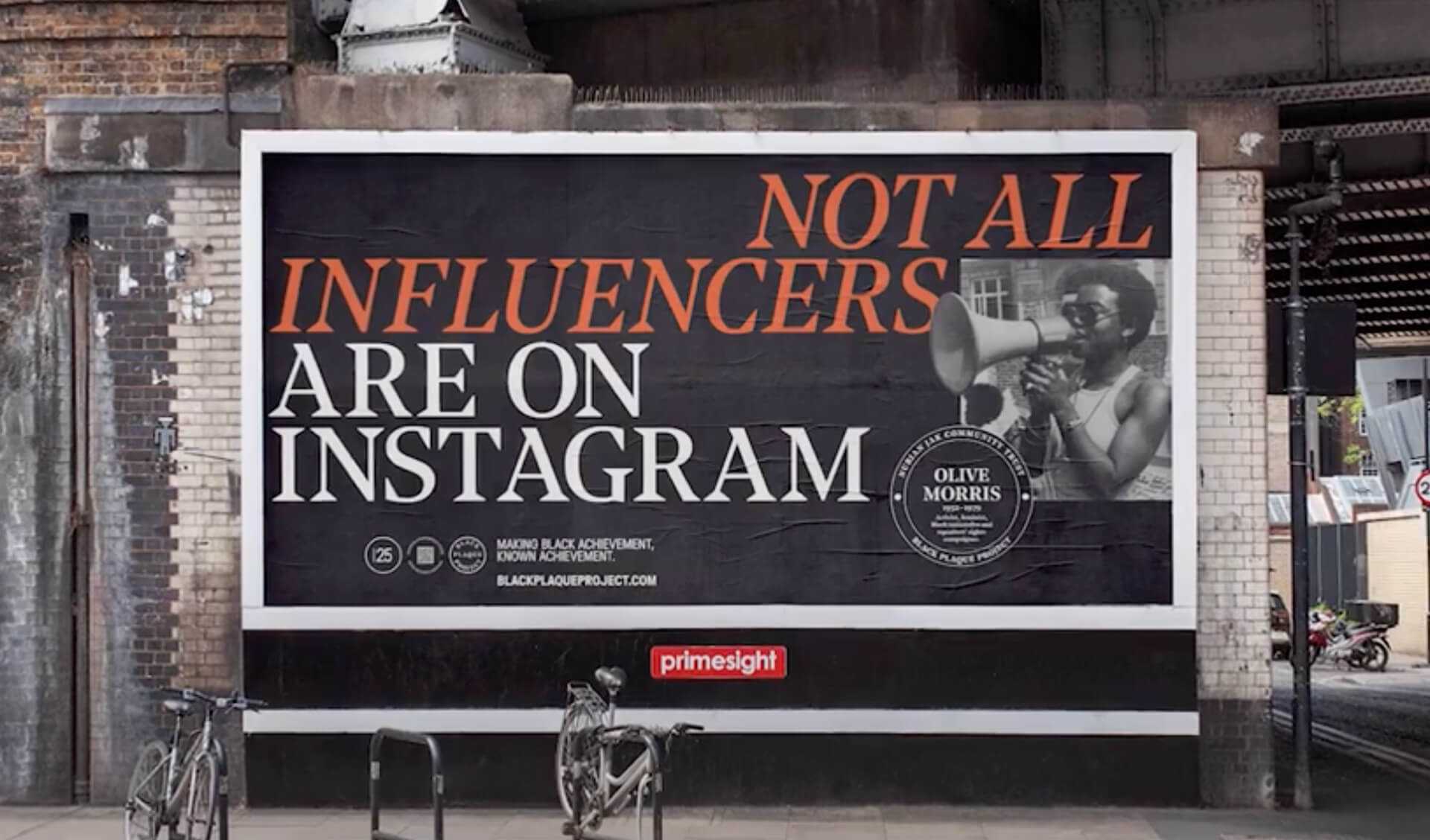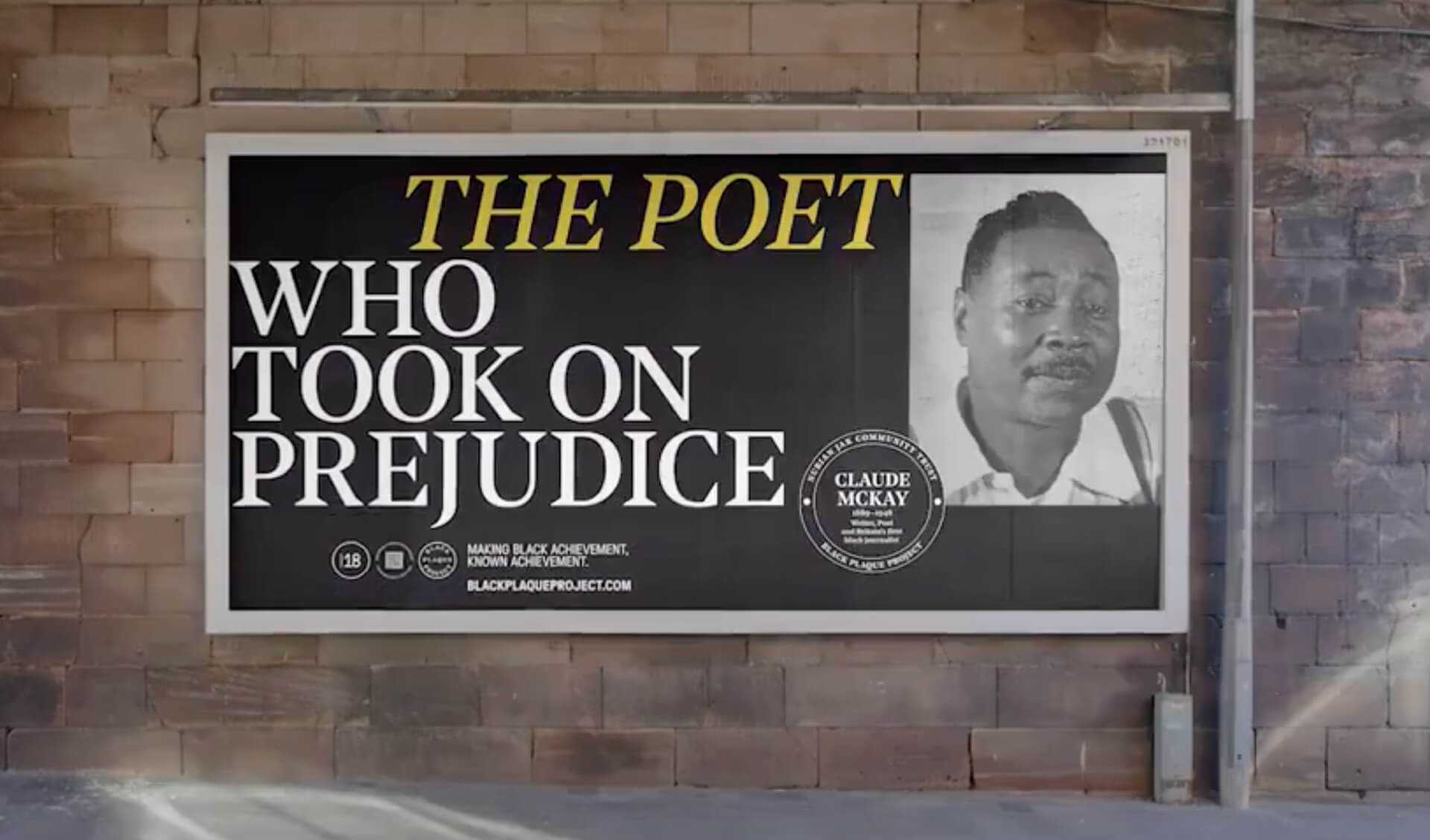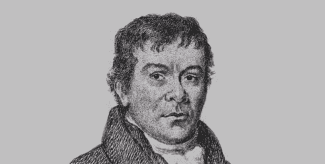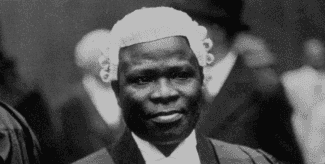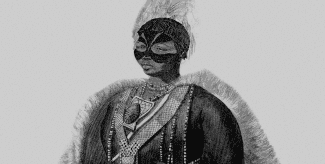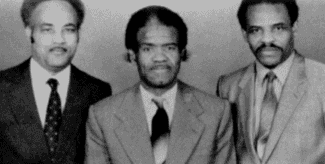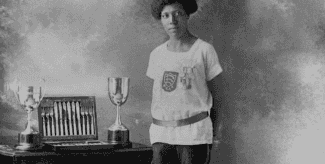BLACK PLAQUE PROJECT
Crafting an engaging digital platform to honour the historical contributions of black individuals.
When you've explored London, you might have noticed the famous blue plaques on buildings, honouring notable figures who've shaped British history. Strikingly, only 1.6% of these plaques celebrate African or Caribbean heritage, despite the immense contributions.
The Black Plaque Project, a collaboration between Havas London and the Nubian Jak Community Trust, took action to redress this imbalance. It introduced specially designed black plaques to highlight the lives of London's remarkable Black residents. By placing these black plaques alongside the blue ones, the project aimed to provide a more inclusive view of London's past and ensuring the recognition of Black contributions. Each plaque tells a new story, celebrating the richness that's always been part of London's identity.
UNTOLD
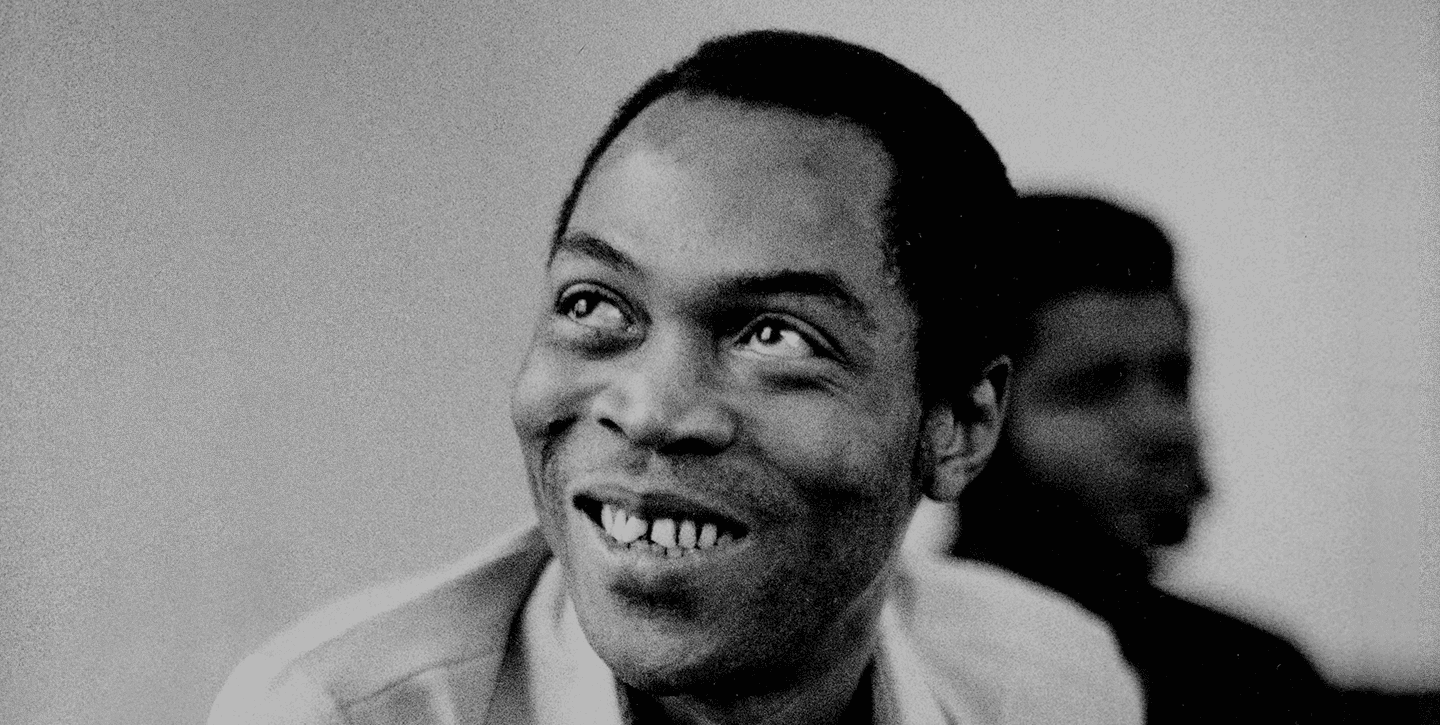
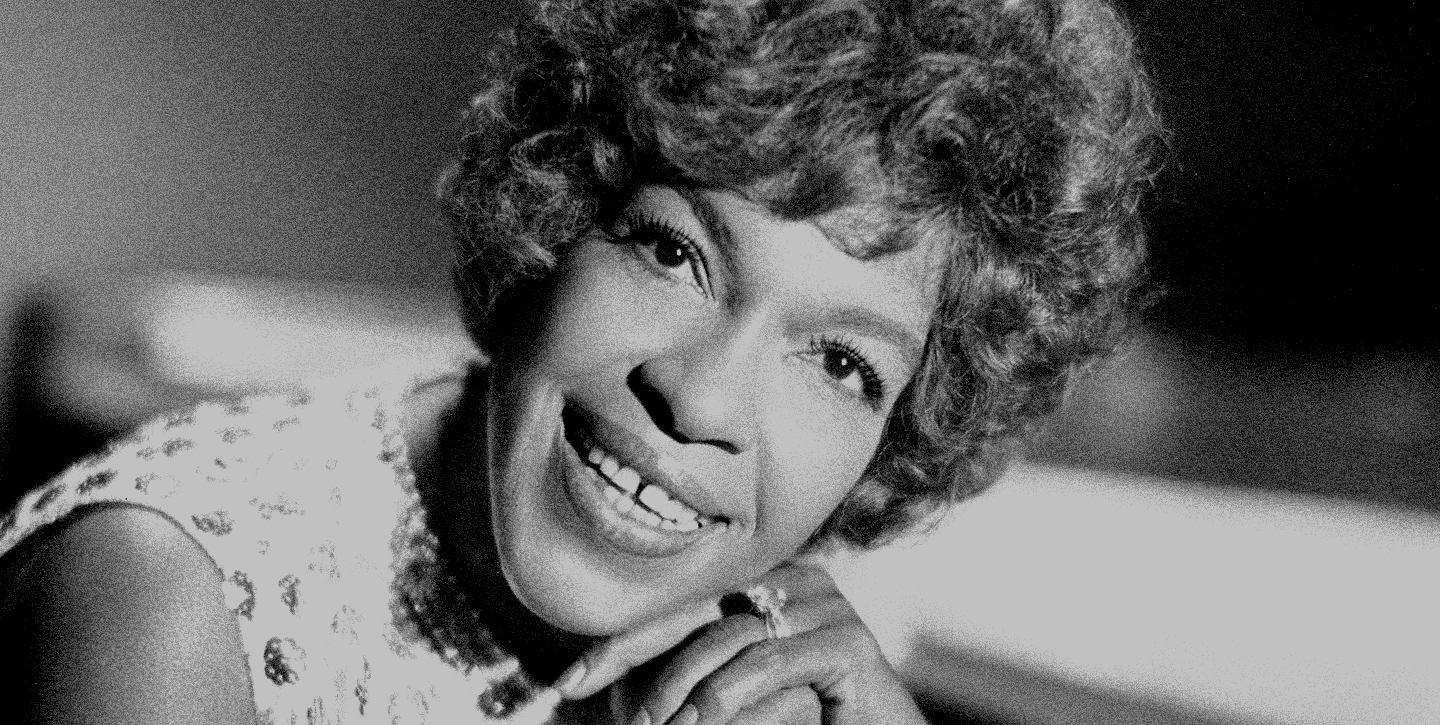
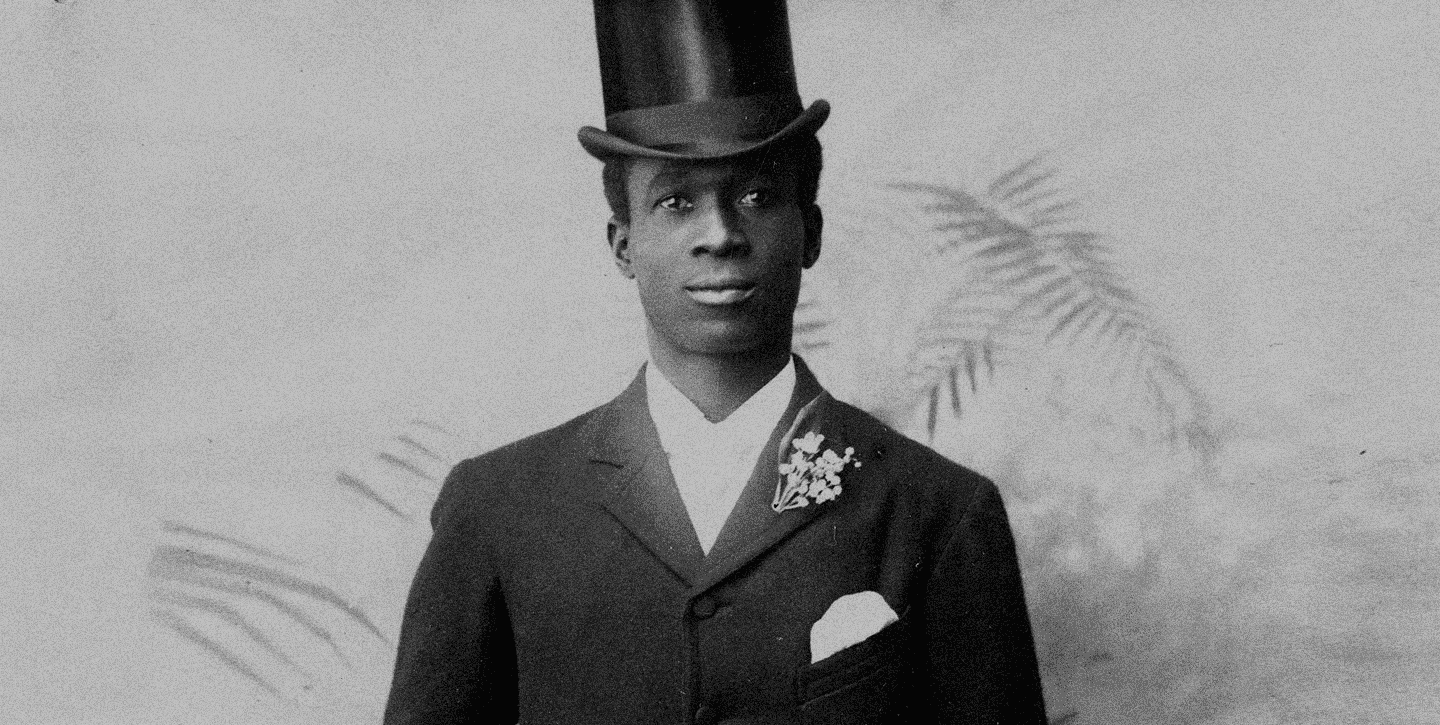

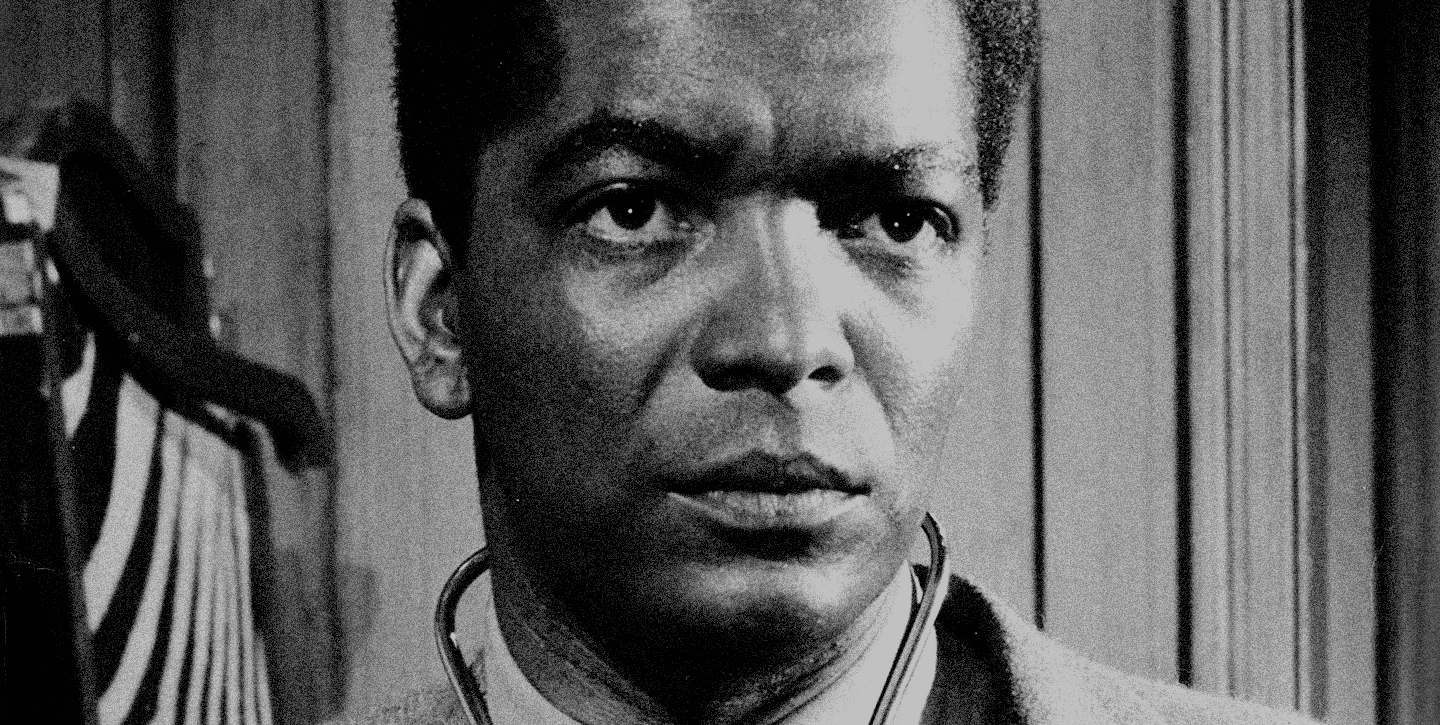
HISTORY
Launched at the end of 2020
The project launched at the end of 2020, with 30 individuals set to receive black plaques within the following year. Their incredible narratives came alive on an immersive digital platform, complemented by outdoor posters and in-depth press coverage. Moreover, the project was bolstered by a dynamic mix of social and digital initiatives, including enlightening podcasts featuring renowned Black cultural commentators.
Robert Wedderburn was a 19th-century political firebrand, who was so powerful that he was put on a secret British Government list of potentially dangerous reformers.
His mother was a Jamaican slave who had a child with her owner. His father requested that Wedderburn be born a free man, but then sold his mother to her previous owner while she was pregnant with his third child.
Although free, Wedderburn lived in harsh living conditions and enlisted in the British Navy to escape them. While in the Navy, he was horrified by the brutality displayed by the British, both on their ships and in their colonies. This, among other experiences in his life would inspire him to shape and characterise the struggles of the British working class.
He pushed for the end of slavery and the redistribution of wealth in Britain, publishing a book, The Horrors of Slavery, in 1824.
Immersive and informative platform
The project was launched with an immersive and informative platform that geo-mapped the locations and told the full stories behind each Black plaque. What's unique is the interactive touch – billboards sport QR codes that unveil the complete stories of each honouree, providing a direct link to their rich legacies.
The campaign's exceptional impact and innovative approach have been widely recognized, leading it to secure a series of prestigious awards. Notably, the campaign clinched a Graphite Pencil in the Press & Outdoor category for Interactive Poster Adverts in 2021, a testament to its groundbreaking engagement. This recognition was further affirmed by not one but two Wood Pencil awards. These accolades are a tribute to the campaign's ingenuity and its remarkable ability to resonate with audiences on multiple levels.
Mayoral support
The initiative won the full support of the Mayor of London’s office which is hugely influential in bringing about social and policy change in the city. It was also covered extensively by Britain’s main commercial broadcaster - ITV, which serialised the unveiling of the first four plaques on the early evening news every Friday for a month. Thanks to overwhelming public support, English Heritage has responded positively and turned Winnifred Atwell’s temporary Black plaque into a permanent blue plaque.


